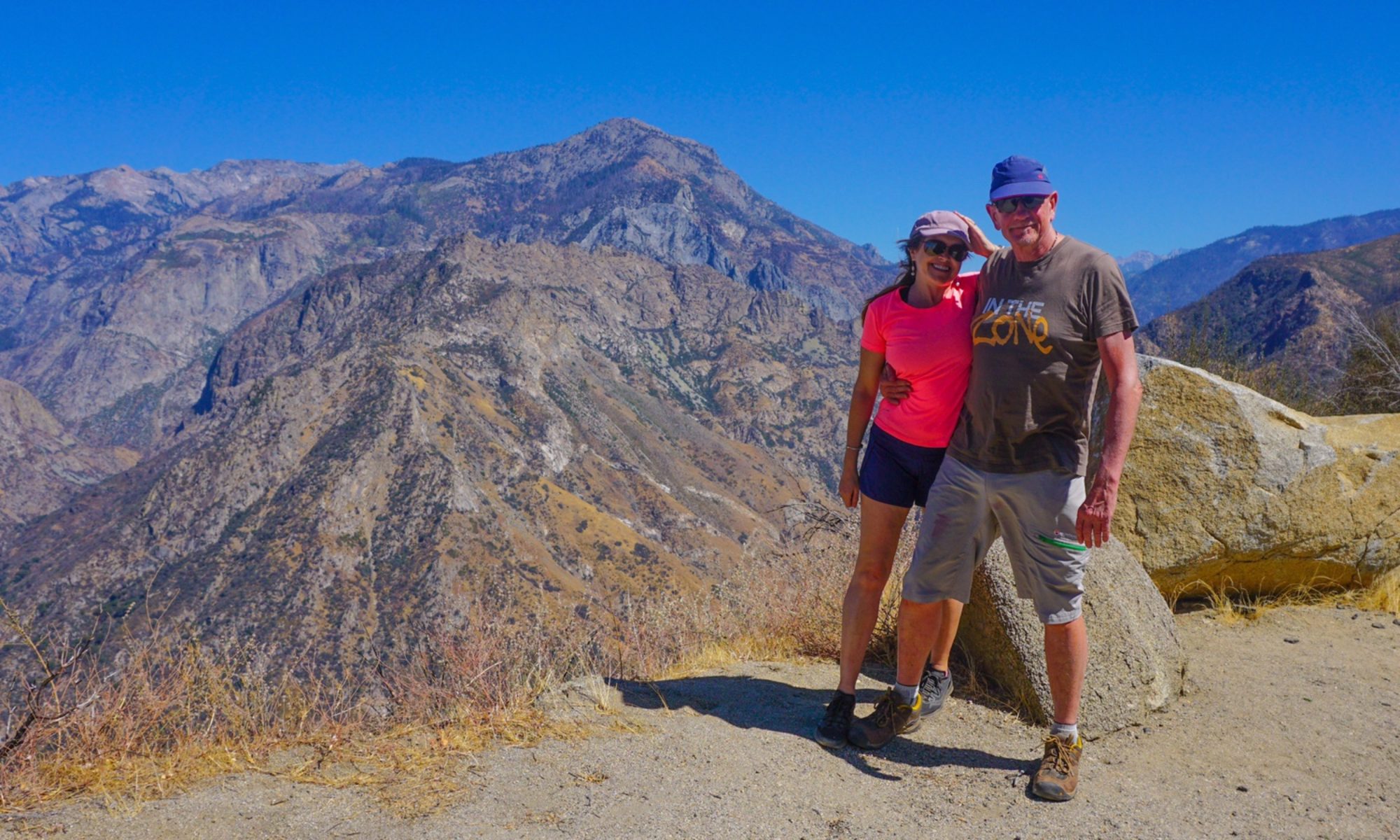Author: Mrs A
Location: Woolacombe, Mortehoe, Ilfracombe and Lee, North Devon, UK
After a couple of years mostly settling into our new life in Somerset, it was time to get out on the road again, so we decided to dip our toes in the water with a little three night trip to North Devon. We packed up our little Hymer 444 and Mr A hit the road, with me tagging along in our little 4WD Suzuki Jimny, giving us flexibility to explore beyond our campsite.

Mr A had spent most of his childhood holidays with his parents in Woolacombe, and was keen to see whether the town of his 1960s memories was anything like it is today….though beyond ‘the beach had sand on it’, there wasn’t too much to work with.
We arrived to a spectacular blue sky and generally stunning afternoon. It’s only a 90 minute drive from home, so theoretically could be a day trip, but it was great to know we had some solid time to explore this piece of the coast. So after getting Truffy set up, we jumped in the Jimny and drove to nearby village, Mortehoe for a walk.

It was so good to see the sun! And when we were sheltered it was even nice enough to take off the jackets and soak up the rays. Some of the really keen folk (who hadn’t spent the last 2.5 decades living in Australia) were in shorts, but not us. We did a walk around the coast, before stopping at one of the two village pubs for a refreshing beverage.

We drove down into Woolacombe, Mr A recognising the Woolacombe Bay Hotel (link worth clicking on even if only for the impressive website, showing off Woolacombe!), a very posh (and very expensive) hotel with a commanding view out to sea.
One thing we have noticed in Somerset and Devon is that there are many towns with the term ‘combe’ (pronounced coom) in their name. We have learned since moving here that a combe is a valley. Woolacombe was first recorded in the Domesday book in 1086 as Wolnecoma, literally meaning ‘Wolves Valley’. At the time the valley was thickly wooded and presumably wolves could be found.
The following morning was slightly less blue, but dry nevertheless, and Ilfracombe was our destination.
The 1,014km South-west Coast Path runs through this part of the coast, and we decided to check it out. Spectacular coastal views and steep paths were visible, but with my dodgy breathing and Mr A’s recently rolled ankle, we were not game to do more than admire the views and return to town.



Friends in our village had recommended we book lunch at S&P Fish Shop on the edge of the harbour, famous for their fresh seafood platters. We had an explore around the picturesque harbour before tucking in to a feast. Lobster, king prawns, school prawns, mussels, pipis, salmon and more….we haven’t had a platter like this since our wedding anniversary last year!


We continued our exploration, with the cloud burning off as the day progressed, treating us to another sunny afternoon.



Our final day dawned and we decided to take a walk from the campsite. I plotted a route on Komoot, and we packed up a lunch to take with us. A steep downhill footpath took us to part of the Southwest Coast Path, and a chill wind right off the sea.



We turned right and wove our way along the cliff top to the next little village, Lee, which sat nestled in a sheltered valley. Lee Bay is a rock-pooler’s paradise, calm and quiet, with plenty of exploring to be done. It was inaccessible on our visit, with a large section of land just behind it being developed for apartments and houses.


We followed our path up the valley, spotting that the pub was open. It would be rude to pass through and not offer them our patronage, so we called in for a cup of tea and a vegan cookie. So civilised. Despite being a mid-week, somewhat gloomy Thursday afternoon, it was quite busy with people stopping for coffee and tea, and as we set off, a large group of 10 arriving for lunch. Mr A asked the bar-lady how the wet weather had impacted business.
“Ah”, she replied, “It has been up and down, and is definitely seasonal. You’ve just got to learn to dance with it.”
What a fabulous attitude, and one we are definitely learning to adopt in our new life.


We finished our visit with a superb dinner at the Beach House Restaurant in Woolacombe (after a couple of extremely expensive cocktails at the Woolacombe Bay Hotel!), seafood prepared by an ex-London chef with very high standards. Superb.



















